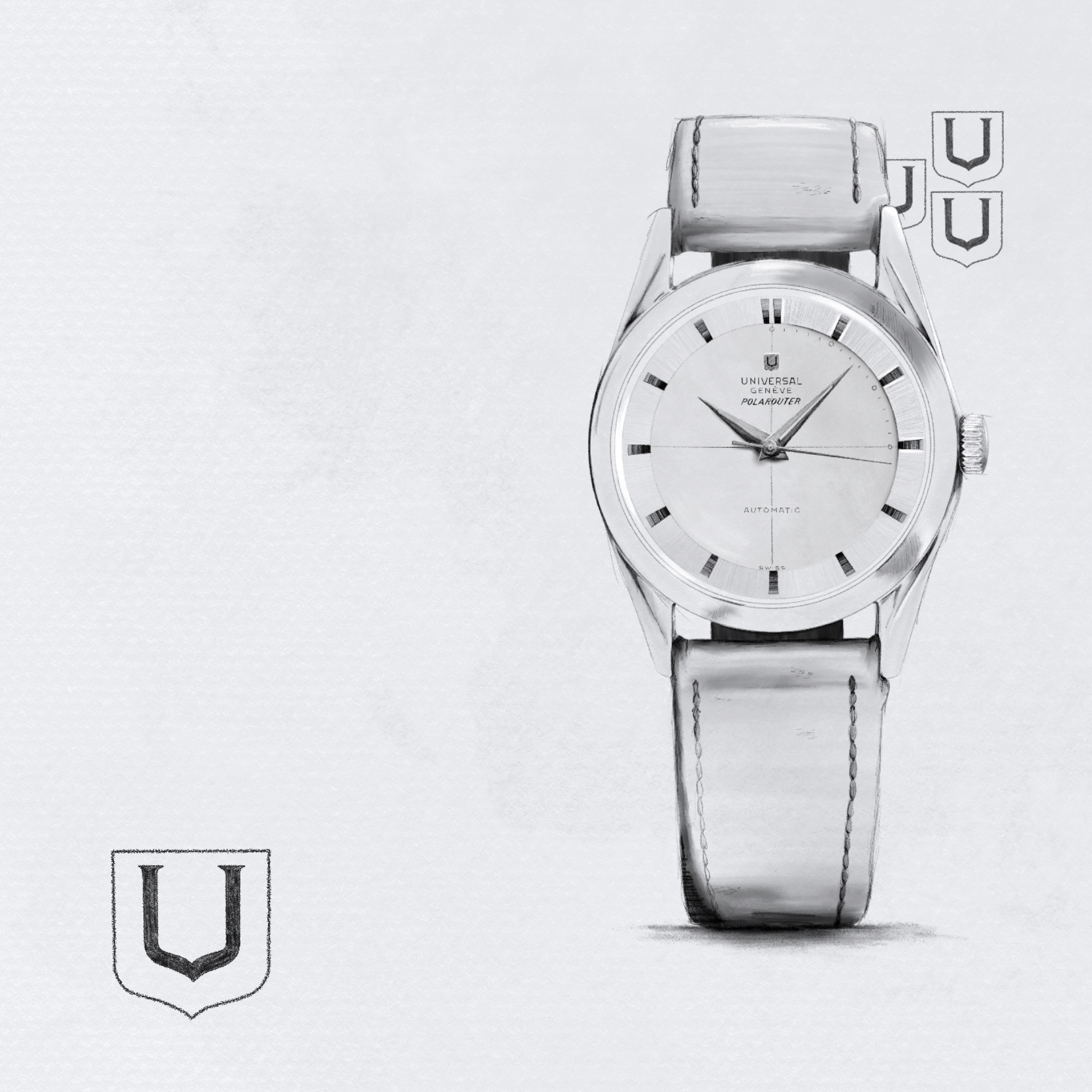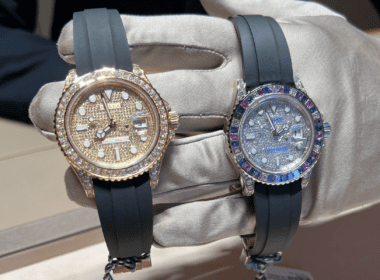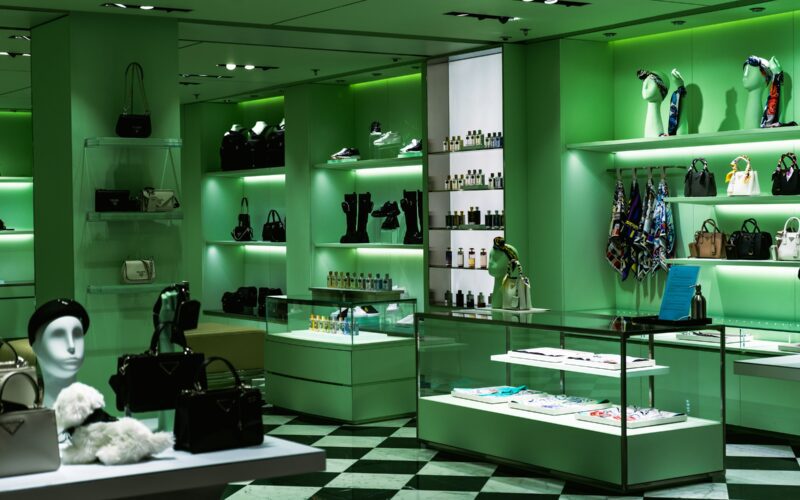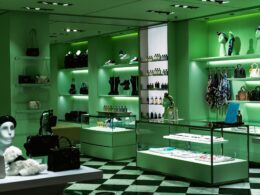In most businesses, 80% of revenue is generated by 20% of the clients (*). Suppose you can take advantage of this given and generate more revenue from these 20%? It all begins with customer relationship management.
You have already read about it in my previous articles. In the world of luxury, there is one part of marketing that prevails: relationship management. In this industry, the customer’s desire is paramount and they seek engagement. Of all the ingredients of marketing, this is perhaps the most significant, certainly in the luxury industry.
In this article, we dive deeper into the world of CRM. What does CRM entail? Moreover, we should not confuse CRM with CRM software! I explain what the difference is and how CRM is applied in the luxury industry. Finally, I give you some justifications for why you should get started with customer relationship management yourself!
The difference between customer relationship management and CRM software
To begin with, a common misunderstanding. Customer relationship management is not software, it is a strategy and plan, of which CRM software is a component. CRM software is, however, a prerequisite for implementing a CRM strategy.
There is a distinct difference between customer relationship management (CRM) and CRM software. CRM is the strategy for managing all of a company’s relationships and interactions with customers and potential customers. It allows you to learn more about your customers so that you can provide them with the best possible service and customer experience.
CRM software, on the contrary, is a tool that helps you implement such strategy. It provides the ability to track and manage customer data, automate tasks, optimize processes and involve all employees in your organization.

The bottom line? CRM is the strategy and CRM software is the tool you can use to execute that strategy and improve your customer relationships.
Why is customer relationship management vital to the luxury industry?
Luxury brands traditionally wanted to offer an exquisite and high-end customer experience. You can consider the following three reasons as the ground rules for why CRM matters so much to luxury brands.
- It helps luxury brands track their high-net-worth customers.
- It enables them to provide a more personalized experience to their customers.
- It assists luxury brands in staying ahead of the competition by analyzing trends and big data.
Let’s dive deeper and give you an example of CRM applied in the luxury sector.
Louis Vuitton and their customer segmentation, a ticket to paradise
In a different article: 7 trends in luxury marketing, I offered some examples of how Louis Vuitton applies CRM. I would like to elaborate on these now.
Louis Vuitton is undoubtedly the most well-known luxury fashion brand. For years, it has been one of the most valuable brands and its designer bags are recognized by everybody on the street. One thing that not all realize is that their customer base is not just composed of very wealthy consumers, but that the biggest driving force behind this brand is the middle class.
If you’ve ever been to P.C. Hooftstraat or the Bijenkorf in Amsterdam, you couldn’t miss them. Huge queues, with most of them being consumers who buy a bag once a year. Therein lies the immediate challenge for Louis Vuitton, how do you distinguish the affluent consumer from someone who does not have the disposable income to revisit every month?
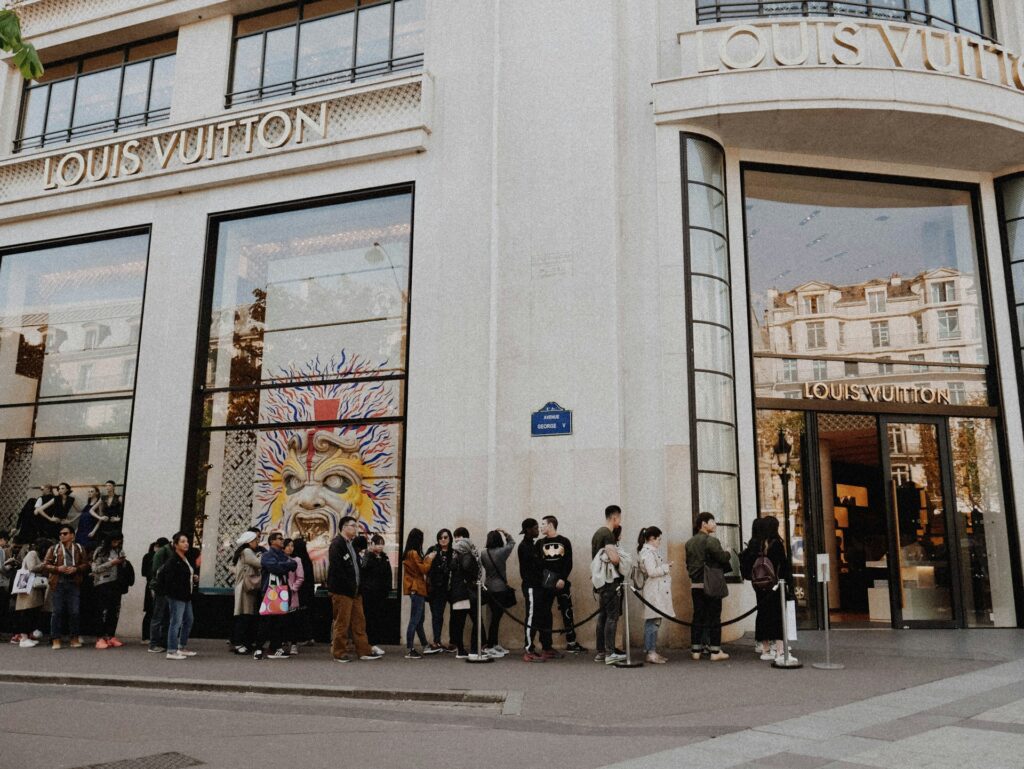
The variations in how customers might be treated
This is why Louis Vuitton cleverly utilizes customer segmentation. Customer segmentation is dividing customers into certain types of categories. This can be based on age or region, but in retail and especially the luxury industry, it is often based on disposable income. It is based on your spending behaviour, such as how often you buy goods or what types.
By segmenting customers, Louis Vuitton ensures that needless marketing costs are not being spent on customers who are less relevant to the brand. While I don’t know the precise segmentation, I am familiar with two categories.
- VIC customers are invited to product launches, and holiday events and, with some frequency, receive a gift to mark a special occasion. For example, a bottle of champagne with a bunch of flowers for their birthday.
- VVIC customers get access to exclusive events and tickets to fashion shows to top it all off. This is considered the holy grail within Louis Vuitton fan groups. A ticket to a paradise location and attending the fashion show among stars like Rihanna.
New customers are commonly sent a magazine soon after their purchase, or in some cases a personalized card. I view this as the very beginning of their customer relationship journey. What is noticeable to me is that customers who do not return quickly are often not sent another magazine, let alone an invitation to an event. With that, Louis Vuitton seems to be actively seeking the appropriate balance in customer loyalty, retention and savings.

Key lessons from the luxury industry
Taking Louis Vuitton as an example, the following CRM practices in the luxury industry, among others, can be derived from this.
To segment customers accordingly:
- Inviting clients to events
- Sending magazines and brochures
- Provide gifts for special occasions such as birthdays
- Giving customers access to VIP rooms to promote exceptional items for purchase
In general, you can achieve the following with CRM: recognize valuable customers and act accordingly. However, there are many more applications. You can use CRM systems to collect data for marketing, customer support and your sales department. This is something I will discuss in more detail in a future article.

What are the benefits for your business?
There is no secret in the fact that the customer is invariably right. This adage still holds, perhaps now more than ever before. To ensure that customers stay satisfied and keep coming back, companies need to focus on creating and maintaining strong relationships with them.
CRM not only helps companies keep their customers happy, but it can also be beneficial to the company’s bottom line. A study by Nucleus Research shows that the return on investment from customer relationship management is $8.71 for every dollar they invest in CRM.
Two monetary motivators why you should start customer relationship management
- A customer-centric approach helps you retain more customers, thereby reducing customer acquisition and support costs.
By adopting a customer-centric approach, your company can improve customer relationships, reduce churn and increase customer lifetime value. In other words, a focus on customer retention can result in increased profits. In doing so, it is important to listen to customers sincerely and openly and take their feedback seriously. See feedback as an opportunity to improve your product or service. - It makes upselling and cross-selling a lot easier.
By managing customer data and tracking customer interactions, companies can gain valuable insights into their customers’ needs and preferences. This allows companies to identify opportunities for upselling and cross-selling, which can significantly increase the number and volume of sales.
Already convinced?
*Source: https://www.smartkarrot.com/resources/blog/pareto-principle-80-20-rule-customer-success/
This article is a translation of an article first published on the Dutch-language marketing platform Frankwatching.

